From “Forest Gump” to “Oppenheimer”: How Iconic Prop House History for Hire Helps Hollywood Frame the Past
Let’s get this out of the way. History For Hire, the iconic prop house that’s been a staple in the Hollywood community since 1985, is open for business. People started to question its future, flooding owners Pam and Jim Elyea with inquiries after The New York Times published an article dramatizing a potential closure. “It was a beautiful article, but I just wish it didn’t say ‘Waiting for the Axe to Fall’ on the front page because that’s really not where we are at,” Pam tells The Credits over a video call.
History For Hire has made North Hollywood home for years, with its massive warehouse serving as a museum of historically accurate props for the film, television, theater, and music industries. Inside, it’s like an antique store on a forty-year bender with no intention of getting sober. Their inventory spans from ancient times to the modern era, featuring old camera gear, military equipment, communication devices, medical supplies, and numerous everyday items from decades past. Their work is praised for its visual accuracy, having contributed to the visual stylings of Forrest Gump, Saving Private Ryan, and Titanic, among other productions, as well as more recent films such as Oppenheimer and A Complete Unknown. Pam, 71, and her husband Jim, 74, have built a business rooted in meticulous research and a deep respect for history that, by all counts, isn’t slowing down. The company has signed a new lease with its current building owner. “We’re excited to be in California and we are based here, but we are truly an international company in that we are currently doing movies in Europe, Canada, and Australia,” says Pam.
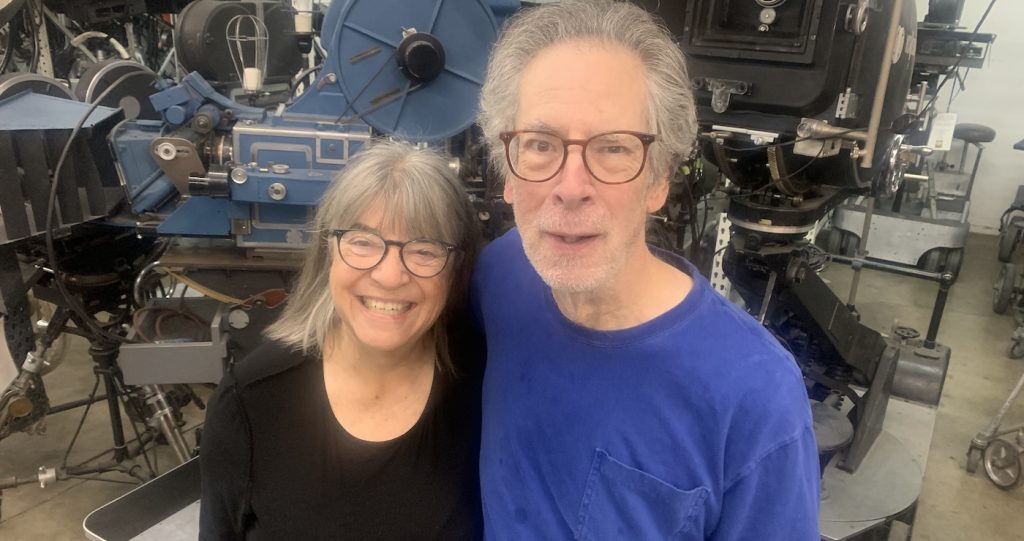
History For Hire considers itself a purveyor of Americana, European history, and other cultures. “One of the things that I think really sets us apart is our passion for being culturally sensitive to the items that appear on screen. When we’re doing the movie Memoirs of a Geisha, which was filmed in Thousand Oaks, we had a Japanese consultant on that project with us to make sure the props were appropriate at all times. If we do films about Native Americans, we make sure we are working with Native American technical advisors so that the items are going to be appropriate,” explains Pam.
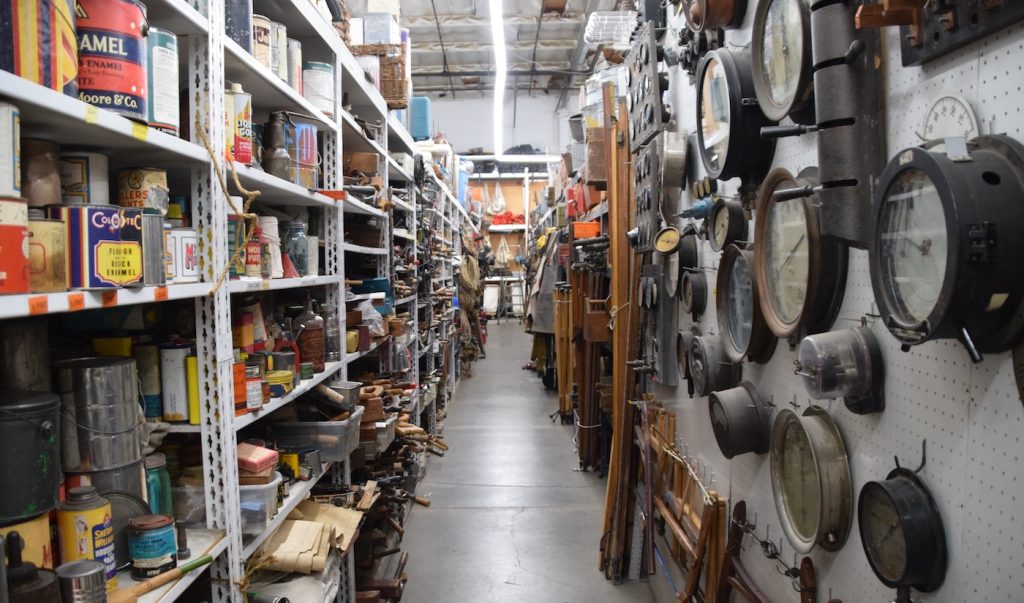
Their staff comprises experts in various fields. “We have military and police experts. We have a watch expert, a music expert, and Pam and Jim are motion picture experts. And I’m an expert in handcrafts and have a degree in criminal justice,” says Christine Bullard, History For Hire’s operations manager. “We even have a staff member who’s a blacksmith if a project needs something custom-made.” In 2011, their expansive inventory migrated to a digital platform. “We went from handwriting and taking pictures of every order to a barcode system,” notes Bullard. “And for the most part, it’s all done by barcode now, so when we scan an item, it tells us every production it has been used on and the history of that prop.” While you can find most of their inventory online, it’s not everything. “The pandemic pushed us to get more of our props online because the shutdown forced a change overall in our industry. We were able to put our inventory online and really streamline it,” says Bullard.
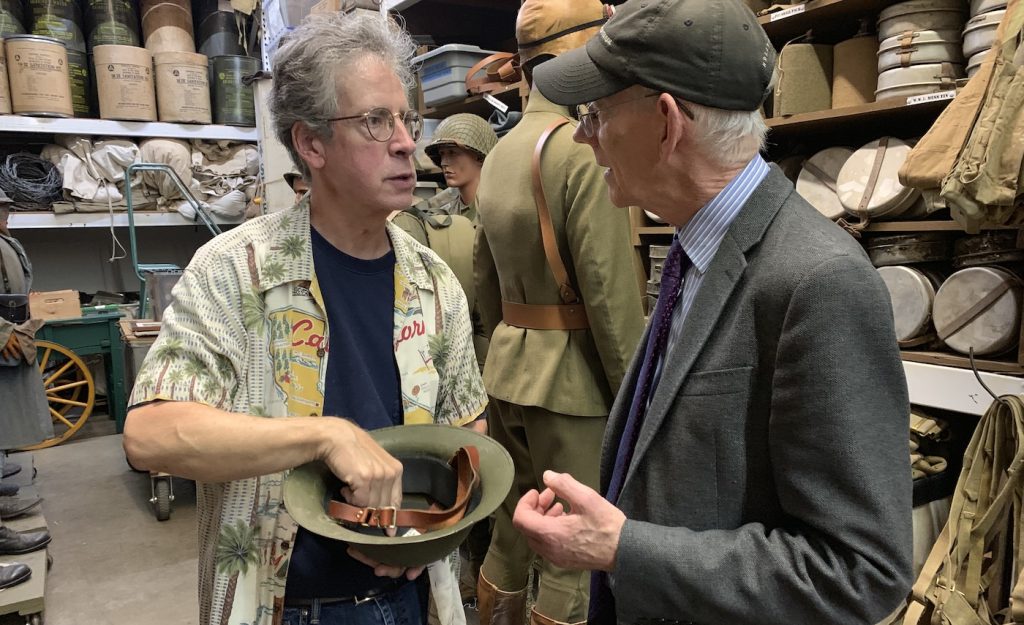
When asked when productions should start considering props, Pam suggests early. “You can feel comfortable reaching out when your film’s in development, or if it’s a time period you haven’t worked in. Maybe you never worked on a Civil War film before. We have done hundreds of those films, and we can help you get a budget estimate. We can tell you what you may need, plus we can tell you how other people solved a problem. So it’s never too soon to reach out.”
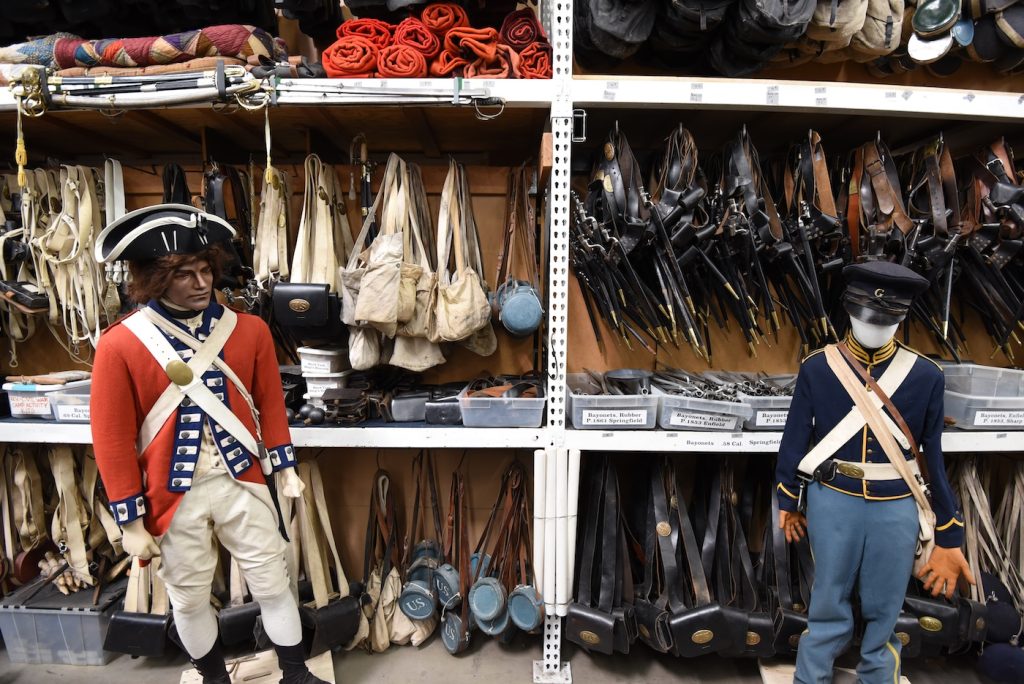
History For Hire is keen on details, no matter how large or small the project, the staff treats each request with the same enthusiastic examination. “We try to give them accurate information but also give them options for the look of their film,” notes Pam. “So the list of items and pictures we send them not only work with their list but also accentuates what that list is. So if you’re doing a Western, and all you’re asking is about lighting and general store stuff, we will also ask about horses because we have horse tack.” And if the company doesn’t have something available, they’re happy to recommend another prop house. “We work really well with other companies because we want to make sure that the prop, no matter if we have it or somebody else has it, is the best prop that can be out there,” says Bullard. Pam added, “Other prop houses are not our competitors. We look at them as our collaborators because if we work together and give our clients the best look possible on the screen, more people are going to want to go to the movies and see more movies.”
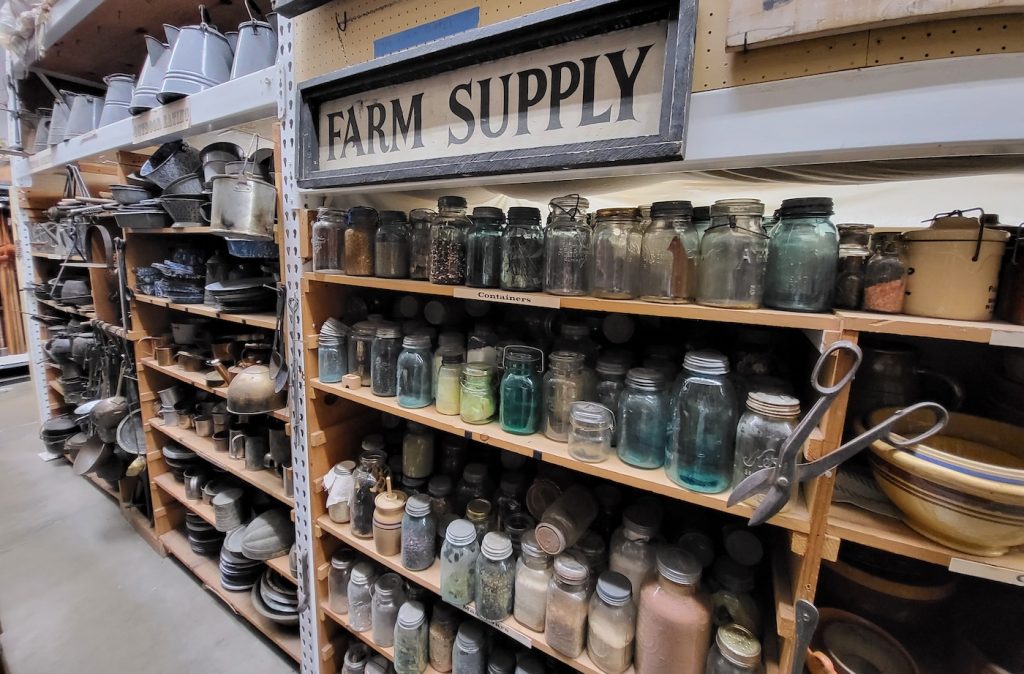
History For Hire not only supplies props, but it also becomes an integral part of the entertainment community, offering tours for schools and educational programs. They’re also members of the California Production Coalition, a group of like-minded businesses that want to see production stay in California. Extending that outreach is a June 7 program where the Taipei Golden Horse Film Festival will bring forty filmmakers to History For Hire for a master class in set decoration and property. The discussions will be mentored by set decorator Jan Pascale, who won an Oscar for David Fincher’s Mank. “We’re very invested in people learning more about our industry, learning more about our business,” notes Pam.

Being part of the community is what makes it special for them, allowing them to create their own history. “We do a lot of student productions and kids will come in and pick out something, and it’s great to say, ‘oh, you know, Timothy Chalamet used this A Complete Unknown or this was used by Russell Crowe on Master and Commander, and you get to use it on your student project. It’s exciting for them because they feel that connection with Hollywood.”
This article is part of an ongoing series that raises awareness among businesses and individuals in the film and television community. History For Hire is a member of the California Production Coalition. You can find more about the company here.
You can find more stories on how the film and television industry impacts local economies here:
Reel Returns: Connecticut’s Film Investment Fuels Economic Growth in a Competitive State of Play
Featured image: Photo by Tommy Estridge



